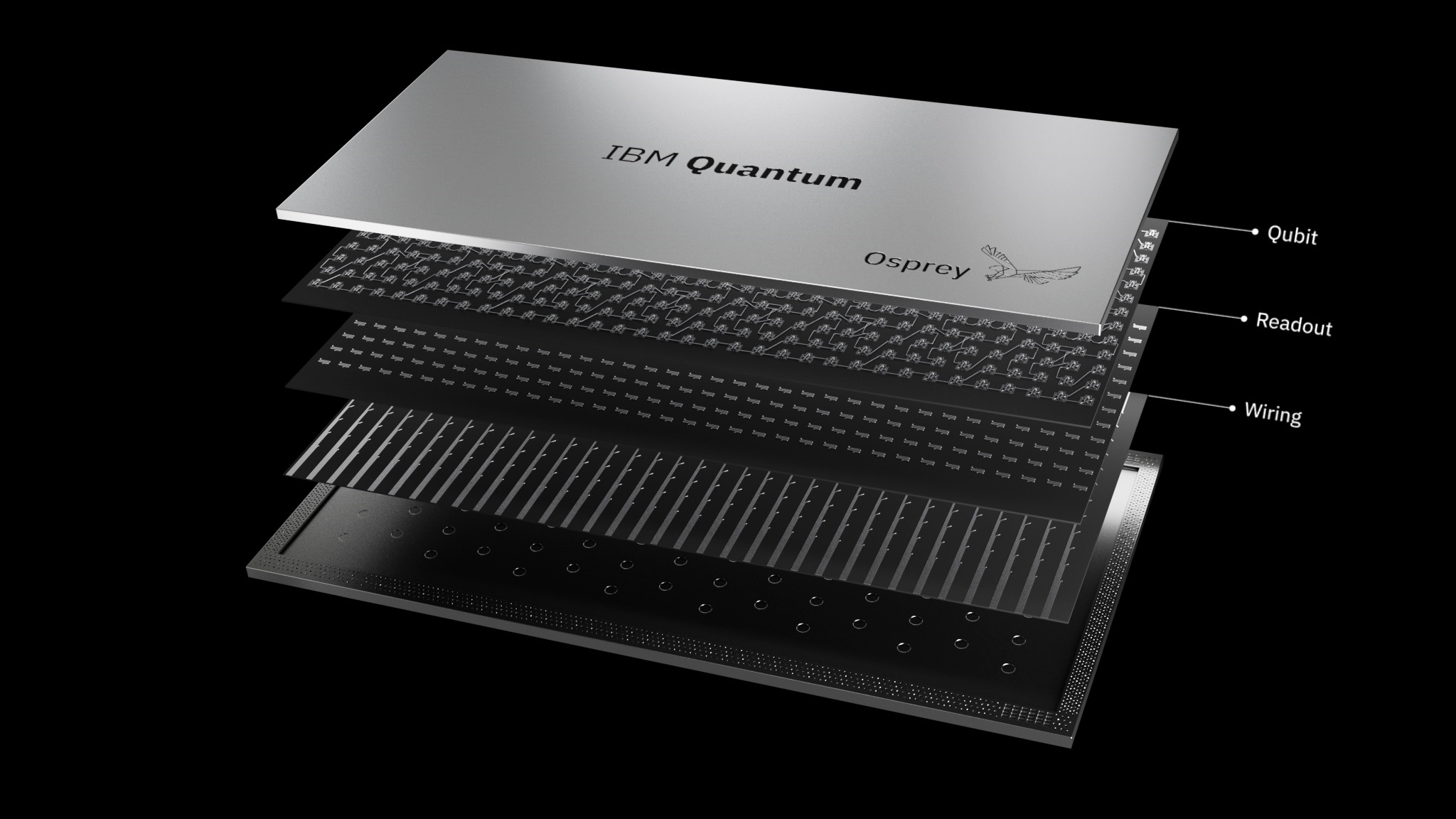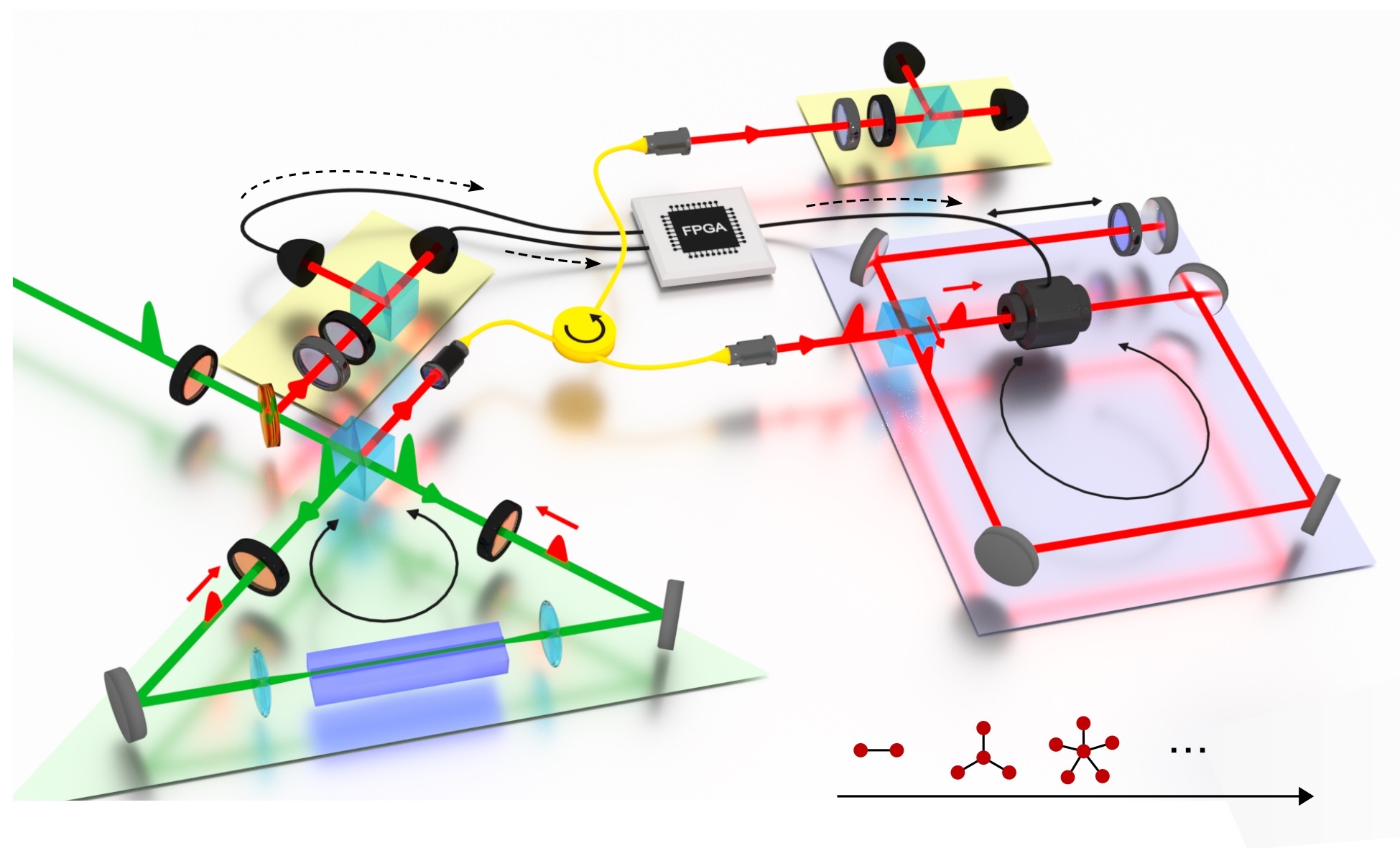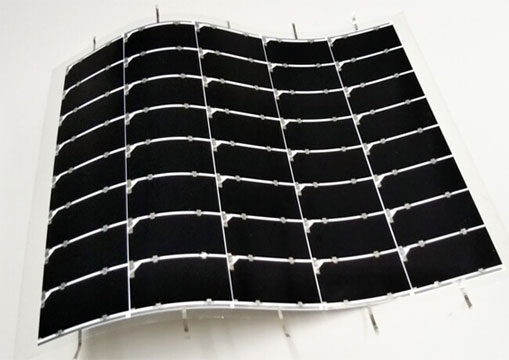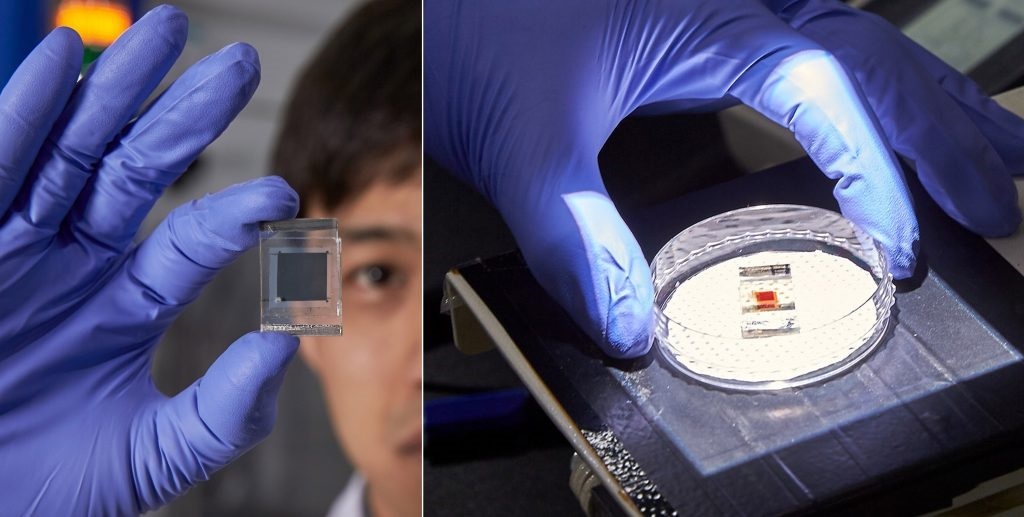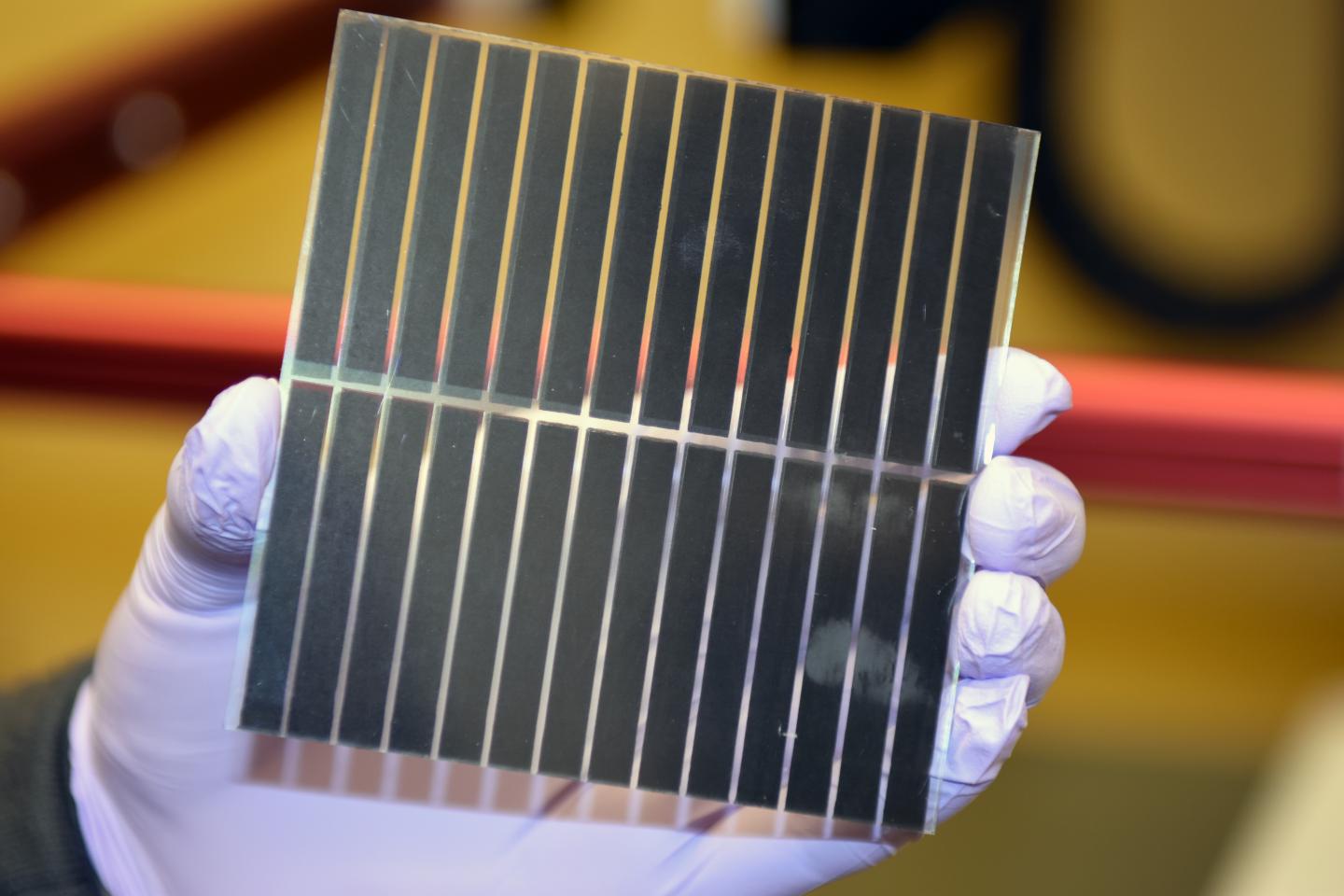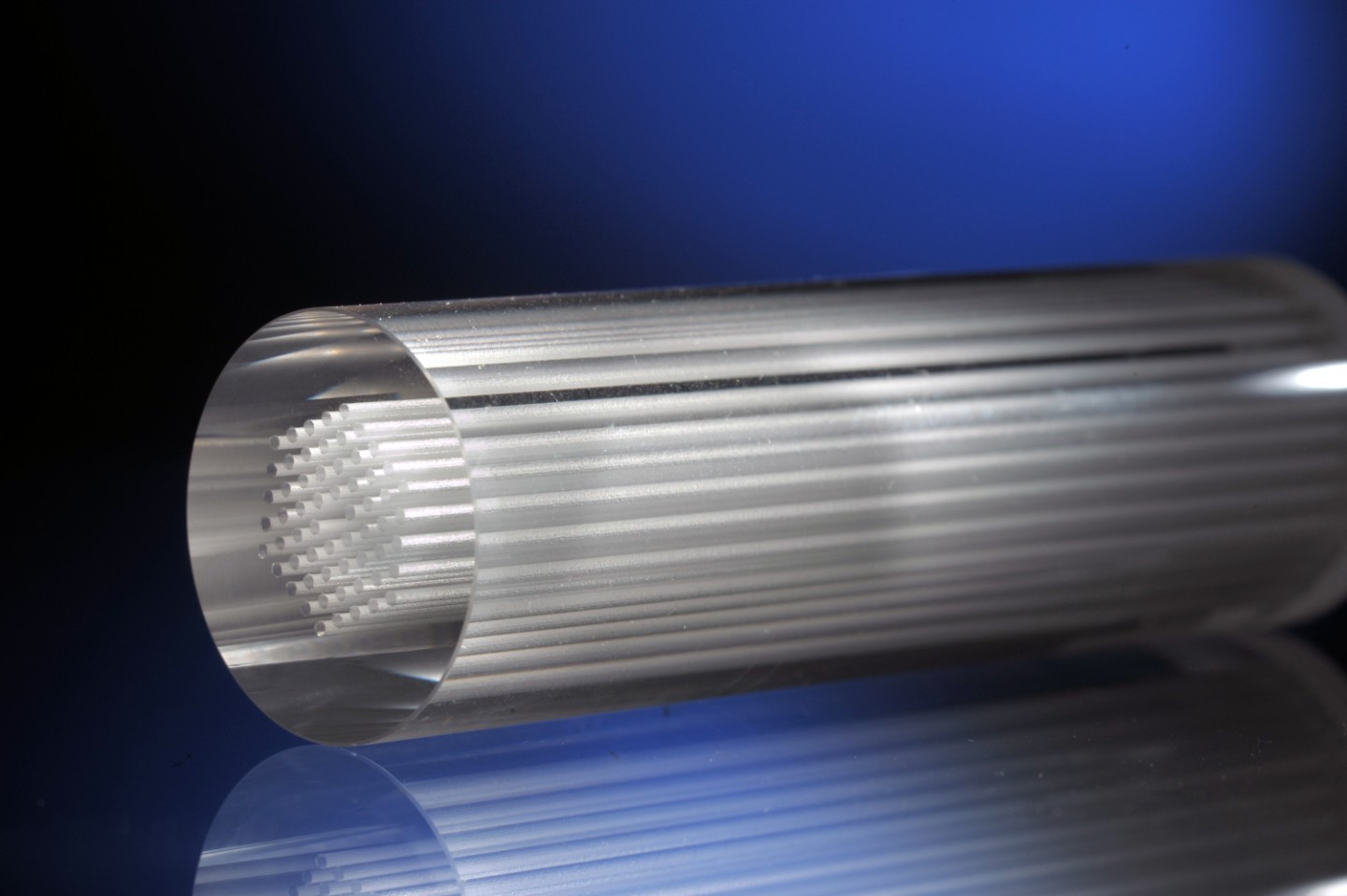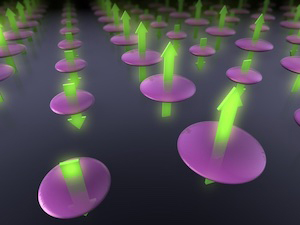17 July 2013
Publishing findings in the journal Nature Materials, researchers have uncovered how the popular photocatalyst used in solar cells can be improved to speed up the chemical reactions required to convert the sun’s rays to electricity and fuel.
Titanium dioxide (titania) is a powder which has been used widely in photovoltaics and as the basis for self-cleaning windows since the 1970s. Despite extensive research into the substance however, little was known about how it worked or how its performance might be improved to increase the efficiency of converting sunlight. And whilst the combination of the minerals anatase and rutile in so-called ‘two-phase titania’ showed a much greater performance in energy generation, the underlying causes for this also remained a mystery.
This latest study uncovers the chemistry behind why titania is more effective in two-phases and can now be applied in the development of future solar energy devices that are more light-sensitive.
Dr Aron Walsh, from the Department of Chemistry and Centre for Sustainable Chemical Technologies, was part of the team that developed a new multi-scale modeling technique, based on quantum chemistry, to look into this subject.
He said: “We now understand why this compound absorbs more sunlight, what happens to the electrons excited in the process, and how to apply this knowledge to design more efficient mixed-phase photocatalysts.”
“This breakthrough resulted from the hard work of fifteen chemists and physicists over five locations in the UK and Ireland. It demonstrates both the predictive power of modern computational chemistry and the synergy of combining high quality theory and experiment. The next challenge for us is to develop a chemical model for the generation of hydrogen fuel from water on the surface of titania.”
The recent work has been supported by the donation of Roger and Sue Whorrod to the Centre for Sustainable Chemical Technologies, the EU DESTINY Initial Training Network coordinated by Professor Alison Walker in the Department of Physics, and funding from the Royal Society.
To access the article see - http://www.nature.com/nmat/journal/vaop/ncurrent/full/nmat3697.html



